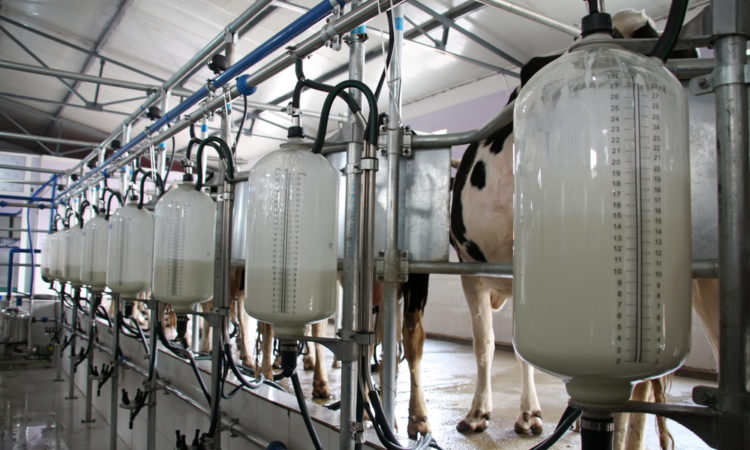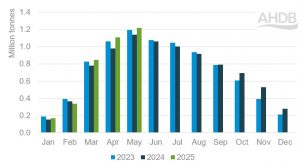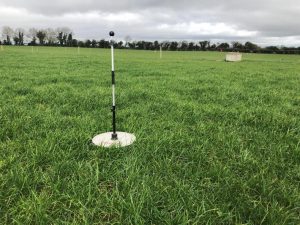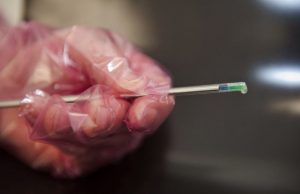
Noting that three of the four largest milk purchasers have cut their February milk prices, ICMSA dairy chairman Ger Quain said these lower prices are below what the ICMSA believes is the true market value and are at odds with the Ornua PPI index.
“We keep coming back to the fact that the Ornua PPI is the only official price guide that Irish dairy farmers have for a basket of dairy products sold in the month of February and the index is very commonly referred to by the processors – when it suits them.
To compound our frustration, these price cuts were made to a base that was below the PPI to begin with.
Quain said that dairy farmers are “extremely annoyed” by the cuts and believe that efforts to improve quality and “dance to the processors’ tune” in terms of on-farm standards and co-op strategy “has not led to any benefit in terms of farmer price”.
“If milk processors are not able to return to farmers the price that Ornua are paying them, then the ICMSA believes that it is time for dairy farmers to ask their processors if their milk marketing and selling strategy is up to the same scrutiny as that applied to farmers’ milk,” the chairman added.
Quain said that, when compared with continental EU prices, Irish prices are at the lower end of the European milk league for January 2019 – with three of the four bottom places belong to Irish processors – and that was even before these three processors had decreased their February price.
“Wholesale prices have been steady for the last month with powders reaching levels not seen in almost two years, while butter has softened somewhat.
“Milk supply growth on the world market is less than 1% and is not expected to grow over the course of 2019 while demand indicators are similar to last year and there’s no question of excess supply over demand at present.
This leads to the impression that either milk processors are holding back on the price they pay their farmer-suppliers at present, or they are simply not selling their product for the prices they could – and should – be getting from the market.
“And neither explanation is very encouraging,” Quain concluded.

























